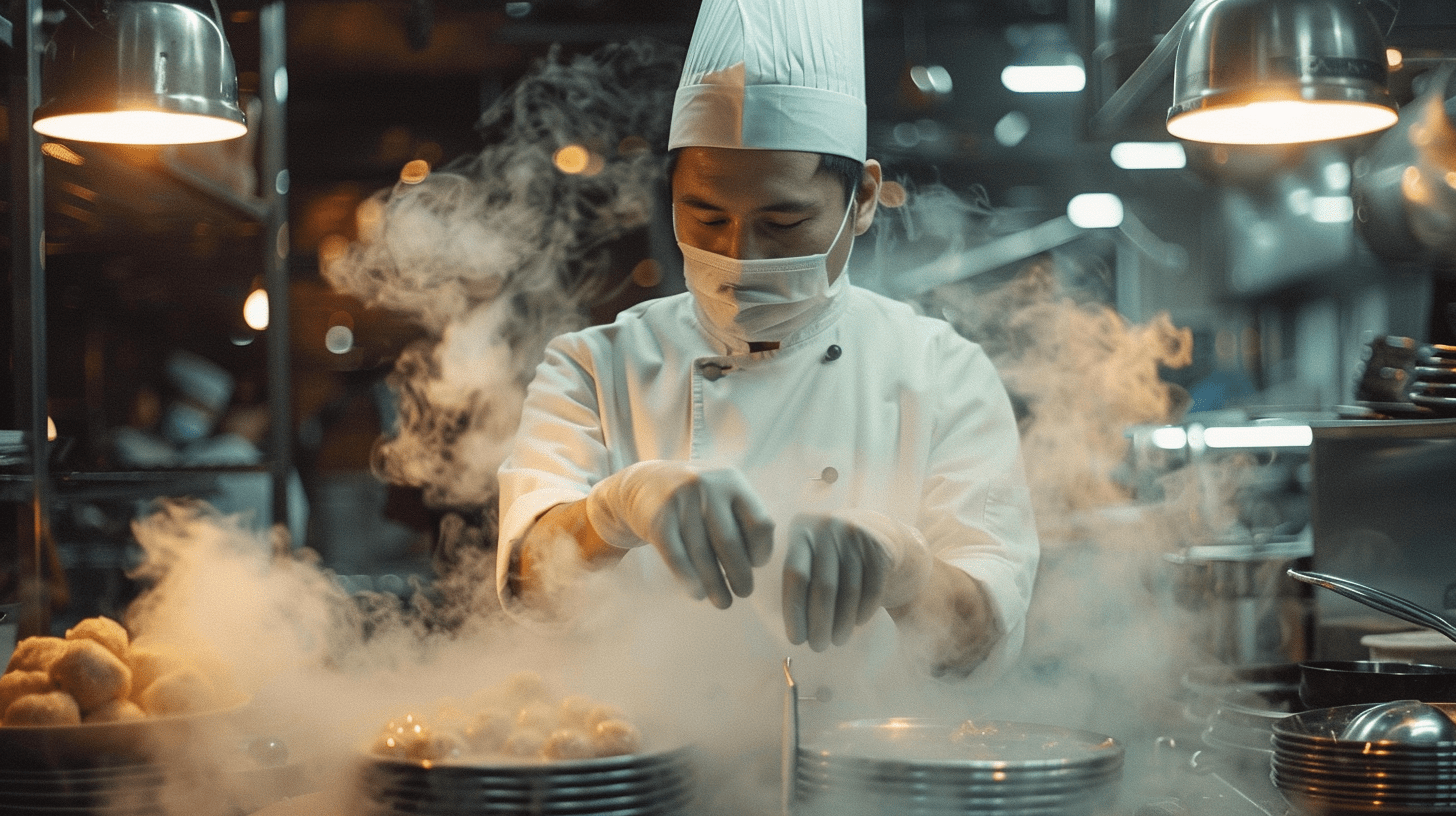Food Safety: Tips for a Sustainable Future
Celebrate World Food Safety Day by learning essential tips for ensuring food safety in your home and community. Discover how sustainability and food safety go hand in hand.

How to Keep Your Food Safe: Key Practices
Ensuring food safety is a critical aspect of maintaining good health and preventing foodborne illnesses. By following key practices such as washing hands and surfaces, separating raw and cooked foods, cooking to safe temperatures, keeping food at the right temperatures, and proper storage, you can significantly reduce the risk of contamination. This article outlines essential tips for maintaining food safety, highlighting simple yet effective steps you can take to protect yourself and your family. Join us in promoting a healthier and safer food environment.
Key Tips for Ensuring Food Safety
Wash Your Hands and Surfaces Often
Always wash your hands with soap and water before and after handling food, especially raw meat, poultry, fish, and eggs. Clean all surfaces and utensils thoroughly to prevent the spread of bacteria.
Separate Raw and Cooked Foods
Avoid cross-contamination by using separate cutting boards and utensils for raw and cooked foods. Store raw meat, poultry, and seafood away from other foods in your refrigerator.
Cook to Safe Temperatures
Cook foods to the right temperature to kill harmful bacteria. Use a food thermometer to check temperatures. For example, cook poultry to at least 165°F (74°C), ground meats to 160°F (71°C), and beef, pork, lamb, and veal steaks, chops, and roasts to 145°F (63°C) with a three-minute rest time[6].
Keep Food at Safe Temperatures
Keep hot food hot at 140°F (60°C) or higher and cold food cold at 40°F (4°C) or lower. Never leave perishable foods out of the refrigerator for more than 2 hours.
Store Food Properly
Proper storage extends the life of food while maintaining its safety. Keep your refrigerator below 40°F (4°C) and your freezer at 0°F (-18°C). Store foods in clean, sealed airtight containers. Make sure to write the date of storage on the container.
Thaw Safely
Thaw frozen food safely in the refrigerator, in cold water, or in the microwave, not on the countertop. Cook thawed food immediately[7].
Understand Best Before Dates
Pay attention to "best before" and "use by" dates on food packaging. These indicate the dates up to which the food retains its desired quality and safety[8].
Take action
Ensuring food safety is essential for a healthy future, and sustainable practices can significantly contribute to this goal. By adopting proper storage techniques, maintaining cleanliness, cooking food thoroughly, minimizing waste, choosing organic and local foods, and reducing plastic use, we can create a safer and more sustainable food system.
This World Food Safety Day, take action to protect your health and the environment by implementing these practices in your daily life.
Share your own food safety tips and encourage others to do the same, contributing to a healthier and more sustainable world by being a true Green Ambassador.